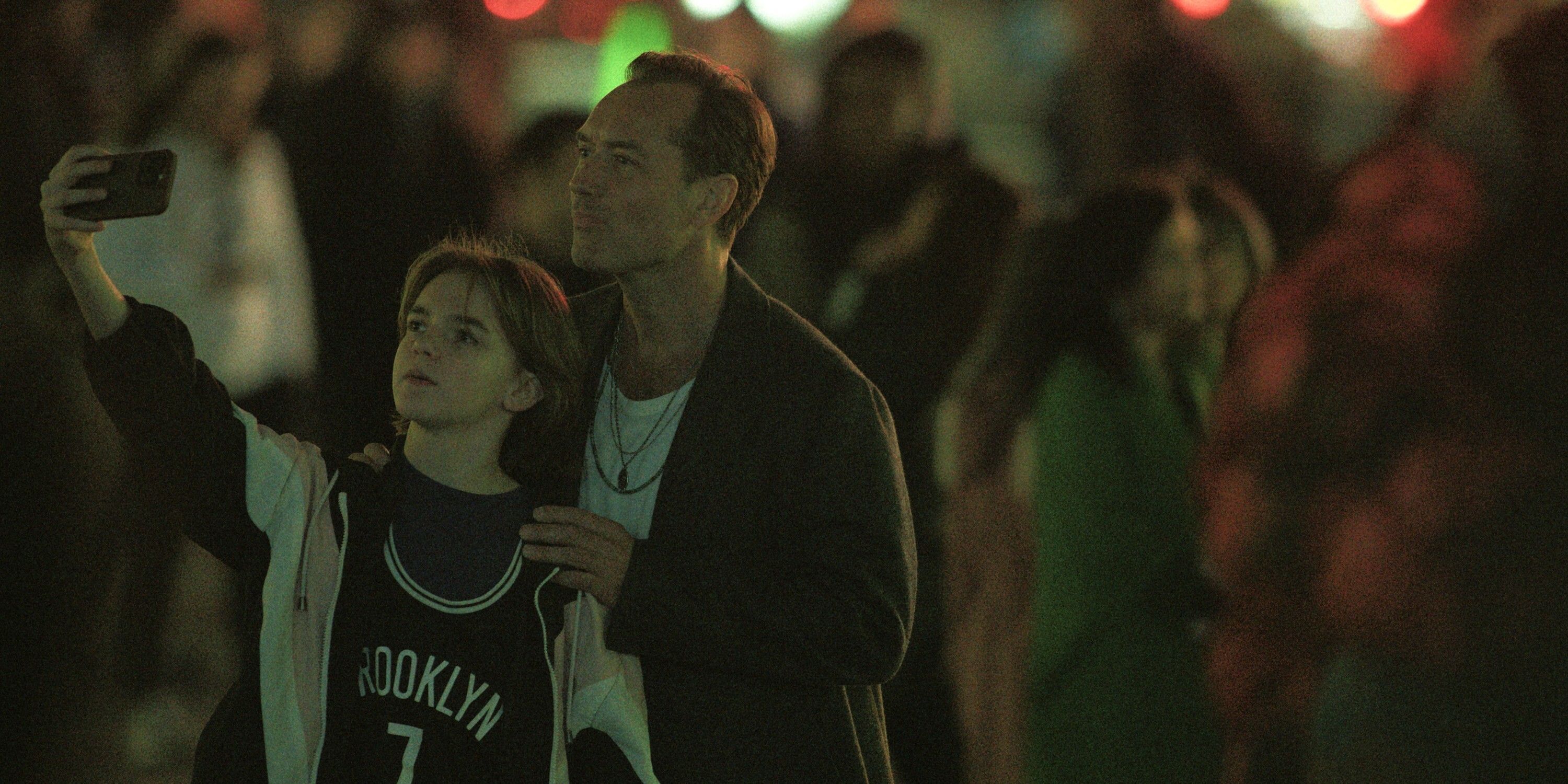Trump’s UK State Visit Blends Diplomacy, Economics, and Protest

President Donald Trump’s state visit to the United Kingdom unfolded as a meticulously choreographed diplomatic spectacle, designed to reinforce the “special relationship” between the two nations while carefully managing public sentiment.
The two-day visit kept the US leader largely within the secure confines of Windsor Castle, balancing ceremonial duties with high-level discussions, even as widespread protests erupted across London.
On Wednesday, President Trump and the First Lady were greeted by King Charles alongside the Prince and Princess of Wales. During the initial exchange, Trump praised the Princess of Wales as “so radiant and so healthy and so beautiful”, a remark he reportedly repeated more than once.
A lavish state banquet followed in St George’s Hall, where Trump paid tribute to the enduring bond between America and the UK. He declared that “the word ‘special’ does not begin to do it justice,” and hailed King Charles as a “very, very special man.” Trump likened the two nations to “two notes in one chord or two verses of the same poem.”

King Charles, in his own remarks, emphasized the urgency of environmental protection for future generations.
The banquet’s bespoke menu featured Hampshire watercress panna cotta and Norfolk chicken ballotine, served to guests such as Apple’s Tim Cook and OpenAI’s Sam Altman. Trump, a non-drinker, abstained from the whisky sour cocktail.
Earlier, Trump and the First Lady laid a wreath at Queen Elizabeth’s tomb, toured St George’s Chapel, and viewed artifacts highlighting British-American ties. He appeared to breach royal protocol by twice touching the monarch’s back.
Beyond the grandeur, the visit carried major economic implications. Labour leader Keir Starmer unveiled a £150 billion package of US investment in the UK.
Blackstone pledged £90 billion over the next decade, in addition to £10 billion for an artificial intelligence data centre.
Prologis committed £3.9 billion.
Palantir announced £1.5 billion.
Microsoft unveiled a separate $30 billion (£22 billion) package.
The government said these investments would create 7,600 high-quality jobs in sectors such as clean energy and life sciences, reinforcing Britain’s global competitiveness.
However, criticism emerged. Nick Clegg, formerly at Meta, dismissed the deal as “sloppy seconds from Silicon Valley,” arguing that such infrastructure was already essential for US tech companies and questioning its real benefit to the UK’s domestic industry.

Outside Windsor and across London, the state visit ignited a wave of public response. The Stop Trump Coalition staged demonstrations with thousands in attendance, joined by figures like musician Billy Bragg and comedian Nish Kumar.
In Windsor, tight security limited public engagement, producing what some described as a “festival of nothing”. Both anti-Trump protesters and pro-Trump supporters gathered, with “superfans” drawing media attention through eccentric stunts, flags, and homemade Trump-themed art.
Despite drizzle and cancelled flypasts, crowds lingered, exposing a gulf between the exclusive diplomacy inside the castle and the chaotic energy outside. Thames Valley police reported two arrests for public order incidents.
The timing of the visit also placed pressure on Keir Starmer, who faced scrutiny after sacking a British ambassador over ties to Jeffrey Epstein, a figure linked to Trump himself.
A YouGov poll revealed that over half of Britons viewed the Trump presidency negatively, with opinion divided on whether Starmer’s approach was appropriate.
As state gifts, Trump received a bespoke ministerial red box, while the First Lady was presented with a silk scarf from Ukrainian children, symbolizing her advocacy work.
In the end, Trump’s state visit emerged as a multifaceted tapestry of diplomacy, economic overtures, public dissent, and political undercurrents. It showcased the enduring yet complicated fabric of the US-UK relationship—a bond marked by tradition, controversy, and global stakes.
You may also like...
Magpies Ready to Soar! Howe's Newcastle Faces Barcelona in Thrilling Champions League Opener

Newcastle United makes a highly anticipated Champions League return, hosting European giants Barcelona at St James's Par...
Simeone's Fury Erupts! Atletico Boss Faces UEFA Probe After Fiery Liverpool Fan Clash

The Champions League match between Liverpool and Atletico Madrid ended in a 3-2 victory for Liverpool, but the spotlight...
Jude Law & Jason Bateman's 'Black Rabbit' Series Divides Critics, Set to Stir Major Buzz

“Black Rabbit” is a dark Netflix crime thriller starring Jude Law and Jason Bateman as estranged brothers, Jake and Vinc...
Kimmel Controversy Explodes: Obama Weighs in on Charlie Kirk Suspension Fallout

"Jimmy Kimmel Live!" has been suspended indefinitely by ABC following controversial comments made by Kimmel about the Ch...
Miley Cyrus Unleashes Rock Power: Deluxe Album Features Two New Tracks with Legendary Collaborators!

Miley Cyrus is expanding her visual album 'Something Beautiful' with a deluxe edition, set to drop this Friday. The refr...
Queen of Pop Returns: Madonna Back with Warner, Teases Blockbuster 2026 Dance Album!

Pop icon Madonna has announced her highly anticipated return to Warner Records, her original label home, after nearly tw...
Palace Feud Unveiled: William's Fury Over Andrew's Jaw-Dropping Kate Comments!

Prince Andrew's controversial behavior at the Duchess of Kent's funeral has reportedly angered Prince William, exacerbat...
Royal Rumbles: Trump's State Visit Sparks Palace Power Plays and Fashion Faux Pas!

A state visit by Donald and Melania Trump to the UK sparked various headlines, from Melania's controversial off-the-shou...


